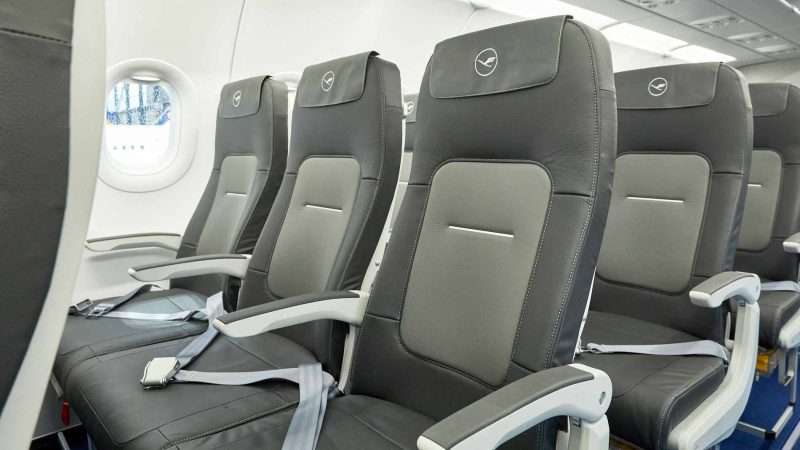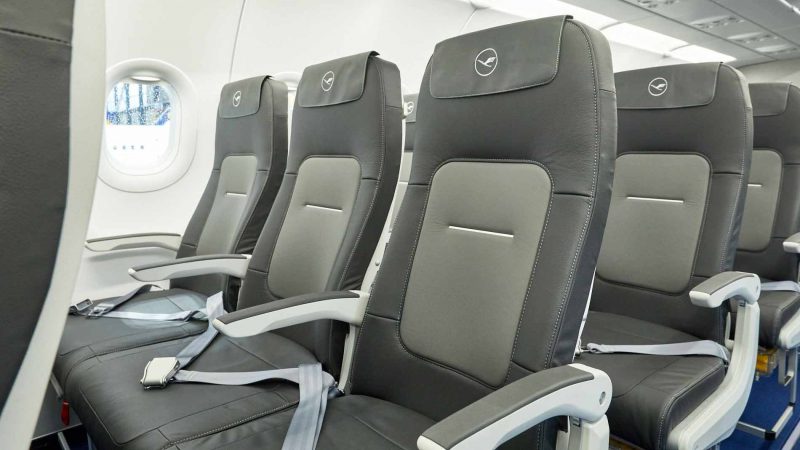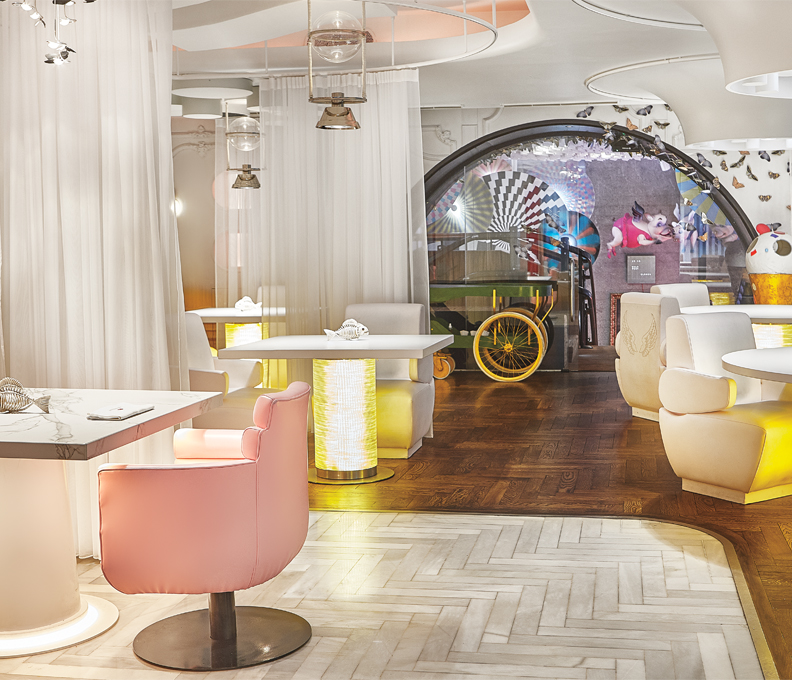Lufthansa’s New A321neo Experience Means Short-haul Comforts
Lufthansa is improving the travel experience on short- and medium-haul routes with new, innovative seats
May 22, 2019

Lufthansa customers can now enjoy a completely new flight experience on short- and medium-haul routes. The Group recently received its first A321neo in Frankfurt, which will be operated by Lufthansa. New on board: an improved seat for an even more comfortable travel experience, which is jointly introduced by the three Network Airlines, Lufthansa, SWISS and Austrian Airlines.
The Italian manufacturer, Geven, undertook the construction of this advanced seat. The comfortable, full-structure upholstery of the seat and backrest ensure a noticeably pleasant sitting experience due to an ergonomic pressure distribution and slimming of the backrest. The travel experience aims to be comfortable during the flight as well as during taxiing, take-off and landing. Instead of the previous 12 degrees during these three phases, guests travel comfortably instead with a 20 degree inclination of the backrest. In Business Class, guests can adjust the backrest to 26 degrees during the trip.
Each row of seats has its own USB ports in the current and future standard, which is now available on Lufthansa Group short-haul flights for the first time. In the future, Lufthansa Group passengers will also be able to set up their own tablets conveniently as a special column has been inserted into the table to facilitate the tablet holder.
“We are therefore convinced that the new seat and the modern ambience of the cabin will further improve the travel comfort of our guests,” said Paul Estoppey, Head of Product Management Cabin, Lufthansa Group Hub Airlines.
The first A321neo now flies for the first time with a cabin harmonized for all three Network Airlines: Lufthansa, SWISS and Austrian. The standardization applies to all aircraft of the A320 family, which will be delivered to the three hub airlines from now on. The process focuses on the large, cost-intensive components such as the cabin design and the galley.
The Airbus A321neo is now configured and unified in such a way that aircraft can be adapted quickly and easily when transferred between Lufthansa Group airlines. This enables the company to react faster and in a more flexible manner to current developments, and to move aircraft and capacities more easily and efficiently to another airline or hub. Costs for adjustments and lay-over times can be significantly reduced.
Reduction of Carbon Footprint
In addition to benefits for customers, the reduction of weight and thus CO2 emissions as well as maintenance costs were the focus of development. The Lufthansa Group Airlines expect more than 100 new Airbus A320neo family aircraft by 2025. The newly developed engine technologies from Pratt & Whitney and CFM International as well as the aerodynamic wingtips (sharklets) with which the aircraft are equipped will lead to a significant fuel reduction of up to 20 per cent per seat kilometer. An A320neo taking off has a 50 percent smaller noise contour than other aircraft of this type.




